
Learn about the challenges of various learning situations and different note-taking systems to try...

Before you begin, reflect on your CURRENT way of working by completing the form below:
Information comes in various ways!
Depending on the situation, you may choose one note-taking system or another
Consider the following situations:
RULES for all situations!
WATCH for full details and ask yourself:
Check out the tips in these two videos for ACTIVE reading:
After watching, ask yourself:
Cornell Notes are good for....
What's the point?
How to set up the page:
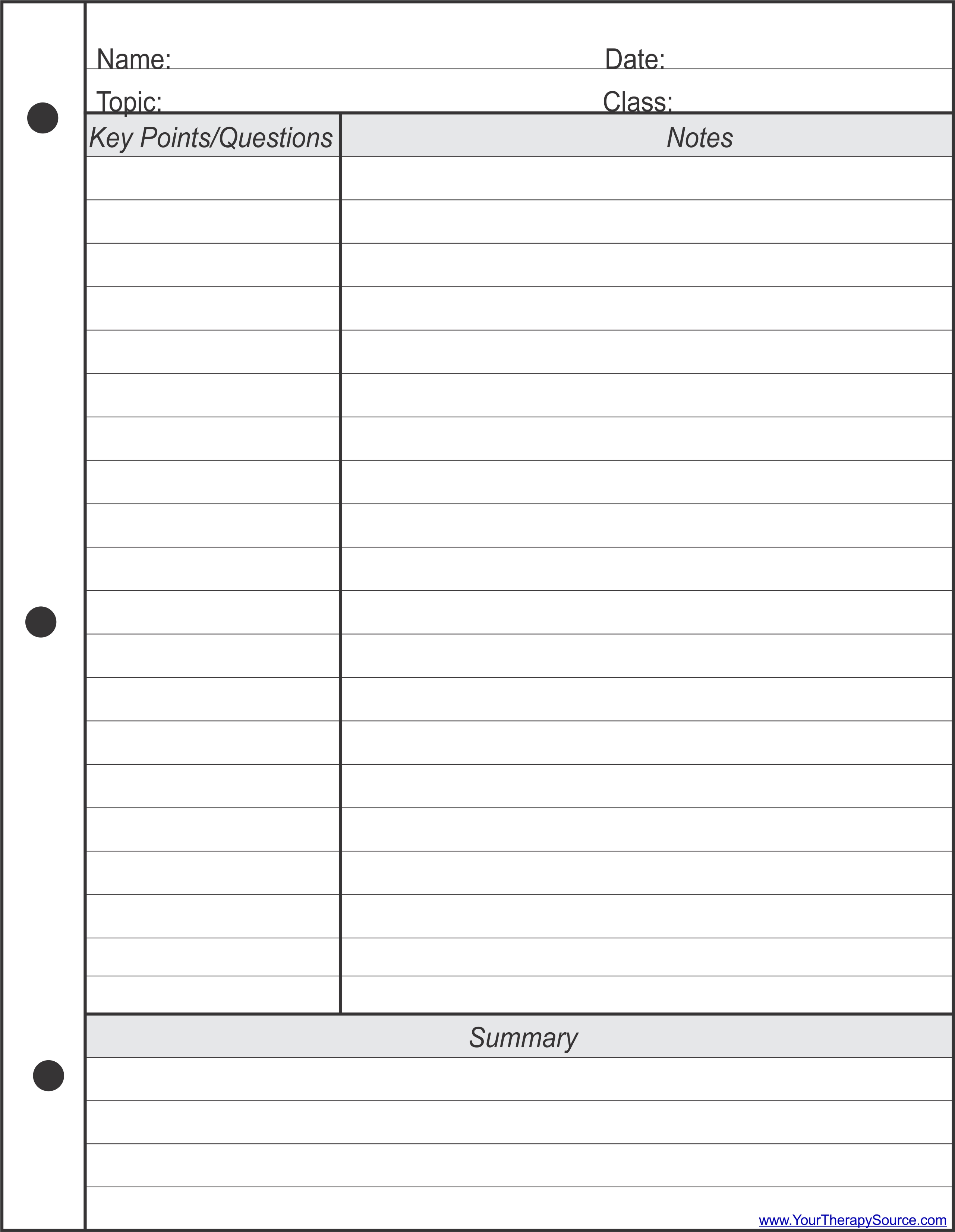
WATCH: to see how Cornell Notes work
Optional Resources:
(Ok, this is a longer one but I am OBSESSED with this student's system!)
(There are million note-taking videos - careful not to get hooked!)
Two-Column or "Double Entry" Notes are good for...
Two-Column Notes are the same as Cornell EXCEPT...
Especially good for MATH because...
Watch this math teacher take notes (below).
You can skip ahead at times, just get a sense of how the extra white space is used
Student examples:



Concept mapping is difficult "in the moment" when first hearing something new
So, it's good for...
How to do it:
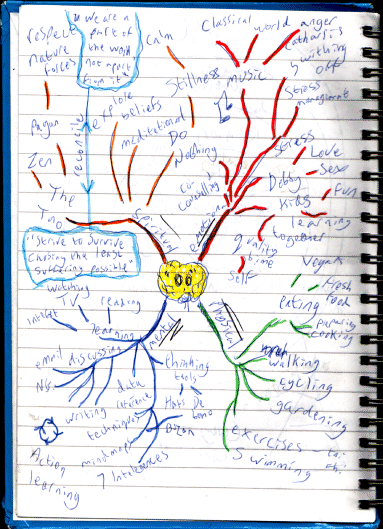
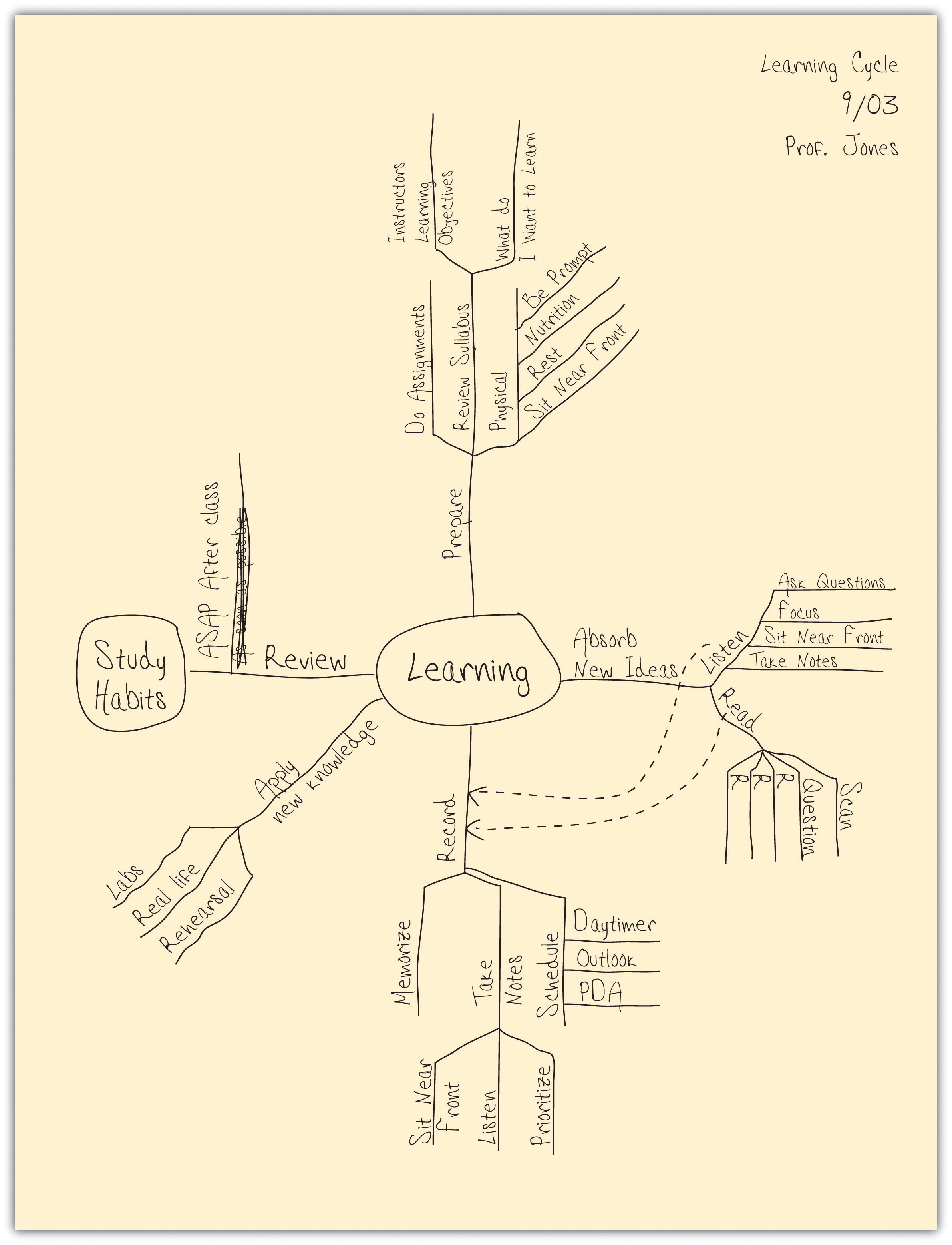
Watch these videos about types of Concept Maps:
Match the examples below to the type of concept map above:
#1 - What type of concept map?

#2 - What type of concept map?

#3 - What type of concept map?
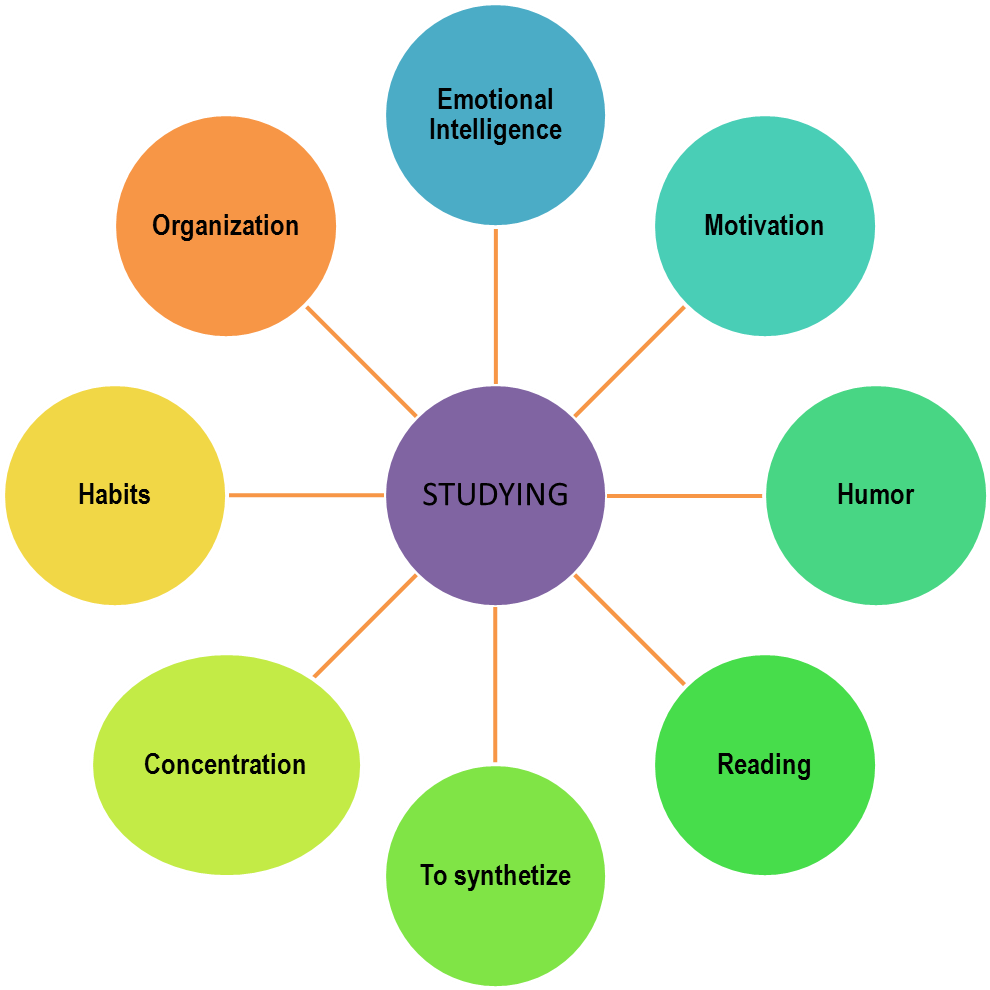
#4 - What type of concept map?

#5 - What type of concept map?
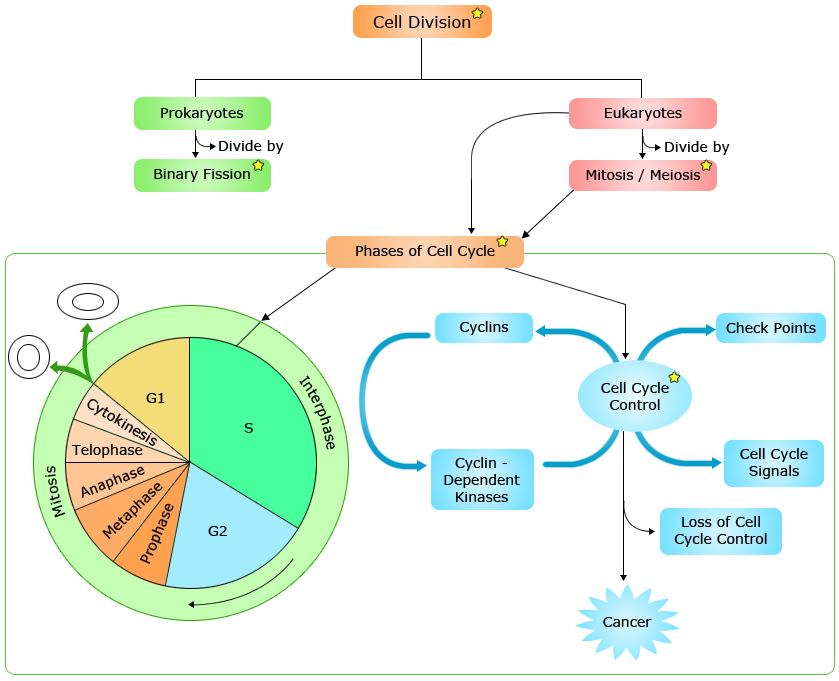
Show what you know about note-taking in different situations.
You may review the information in the various tabs or look at any notes you took while completing the quiz.
Take the quiz as often as needed to get 100% and earn your digital badge.